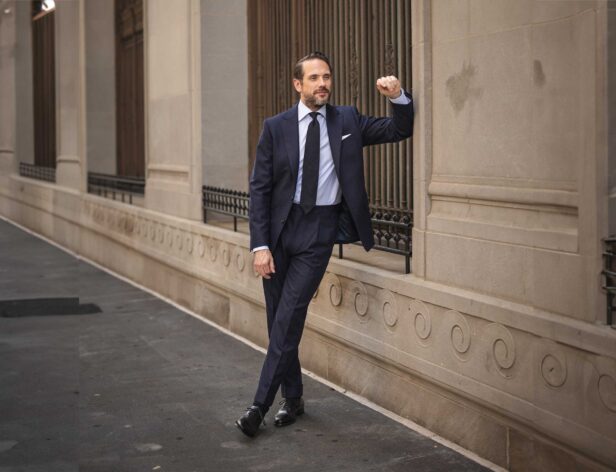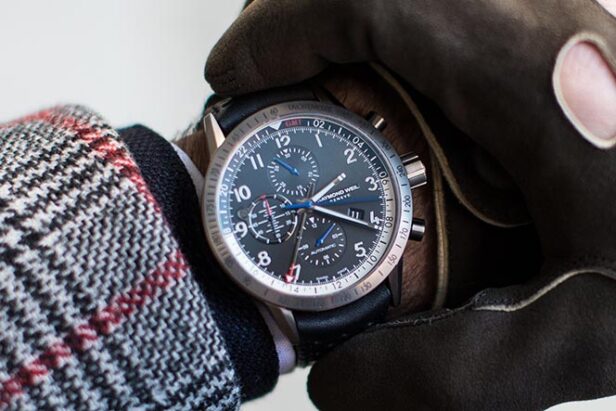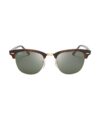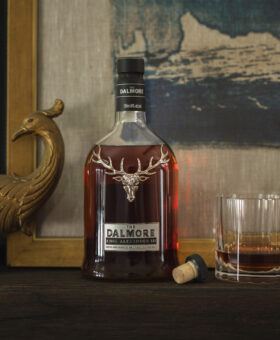

Share
What is a chronograph watch and how do you use it?
Let’s start by answering a basic question: what is a chronograph watch? A chronograph watch is simply a timepiece that can be used as a stopwatch in addition to its standard display watch capabilities.
A chronograph watch will have dials that keep track of seconds, minutes and hours. We’ll use our Raymond Weil Freelancer Piper watch as an example here.
The Chronograph Watch
There’s really no mystery here. Use the chronograph to time a wide variety of things – from coffee brew time to how to long it takes to get to work to the length of a phone call to a 100-yard dash.
Start the chronograph by pressing the button at 2 o’clock. Stop the chronograph by pushing that button again. Reset the chronograph by pushing the button at 4 o’clock.
A chronograph watch typically has three dials to register the time elapsed – a second dial (also referred to as a sub-second dial), a minute dial and an hour dial. Positions can vary based on the watch manufacturer. On ours, the second dial is at 9 o’clock, the minute dial is at 12 o’clock and the hour dial is at 6 o’clock.
| WEARING | Montezemolo coat, Reiss blazer, Al Bazar shirt, Drake’s tie, Paul Stuart gloves, Raymond Weil chronograph watch
The Tachymeter
Most, if not all, chronograph watches will have a tachymeter on the bezel. A tachymeter can be used to compute a speed based on travel time or measure distance based on speed.
Using the Tachymeter to Measure Speed
Here’s the formula: T = 3600/t. T represents the numbers on the tachymeter’s scale, t is the time in seconds measured by the watches chronograph function for the event to happen and 3600 is the number of seconds in an hour.
If it takes you 30 seconds to travel one mile (or kilometer) the corresponding number on the tachymeter is 120. That means you’re traveling 120 miles (or kilometers) per hour.
You can also use the tachymeter to tell how much work can be completed in an hour. Let’s say you’re wrapping presents and they’re all the same size and it takes you 40 seconds to wrap one present. 40 seconds corresponds to 90 on the tachymeter. So, in theory, you could wrap 90 presents per hour.
Using the Tachymeter to Measure Distance
In order to use the tachymeter to measure distance, you have to know what speed you are traveling. Start at zero seconds and stop once the tachymeter reads your traveling speed. So if you’re traveling 60 mph, once the tachymeter reads 60, you know that you’ve traveled one mile.
For speeds slower than 60 – say 45 mph – multiply the speed by two and then divide by the same factor once you’ve reached the multiplied speed to get your distance.
Sounds complicated, but once you get it, it’s simple.
Thanks for reading.



























































